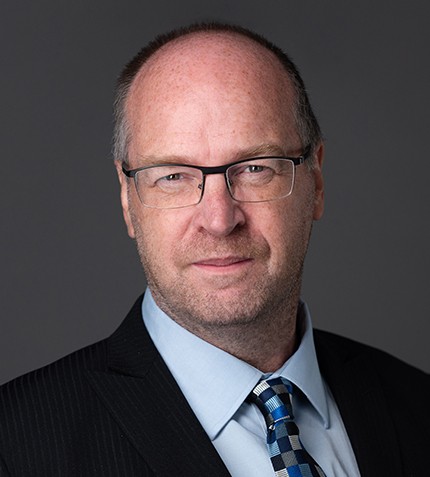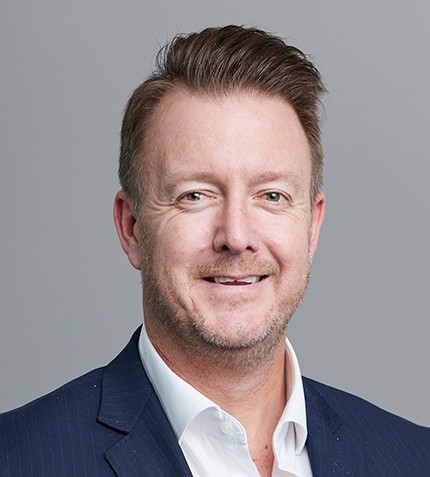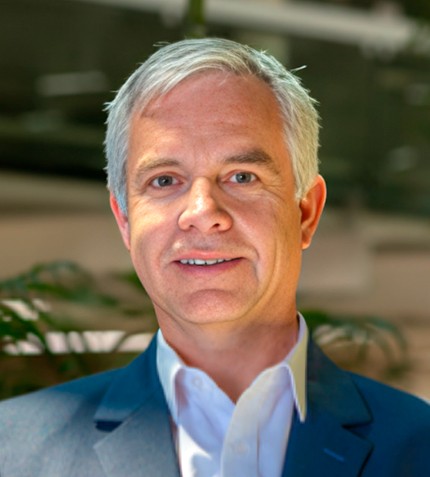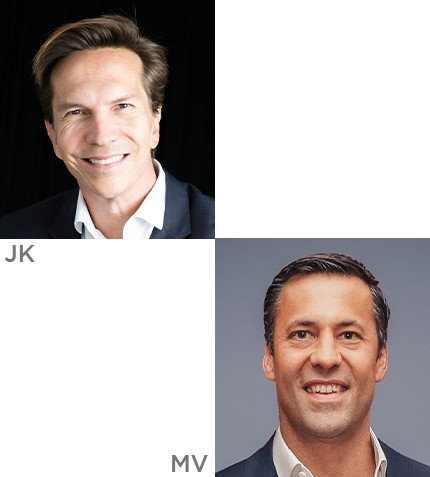
"Minera Alamos is now at the far peak of the curve, which is a great differentiator as very few explorers and developers get to be producers."
Doug Ramshaw
PRESIDENT, MINERA ALAMOS
Can you highlight recent developments at Minera Alamos’ Santana mine?
Santana is a core asset for Minera Alamos and is one of three mines the company plans to build over the next few years. We are in an industry where so many companies focus on the front peak of the Lassonde curve, and there are very few that make their journey across the wilderness that is the orphaned period of the curve, where you are permitting and constructing. We have proudly made this journey, which has not taken particularly long given the short permitting and construction timelines in Mexico. Minera Alamos is now at the far peak of the curve, which is a great differentiator as very few explorers and developers get to be producers. Although six months behind schedule due to delays caused by the pandemic, we are quite proud that we were still able to build a gold mine for US$10 million during the midst of it all.
We are continuing with the ramp up of open pit heap leach operations at Santana as we head toward a commercial production decision, which will be a function of net cash generation and mining rates being at an appropriate and sustainable level. If achieved, we will be set up nicely for 2022, with the hope of starting construction on Cerro de Oro in the latter part of the 2022 or early 2023. We have an aggressive development path and are aiming this project to come online in 2023, and our third mine, La Fortuna, to come online in late 2024 or 2025.
Mining operations in Mexico have occasionally been targets for cartel activity. Has Minera Alamos faced any issues in this regard?
We have not experienced any operational issues relating to cartel activities, but the key is understanding how to operate in Mexico. Minera Alamos has operated in the country for approximately 14 years, and we also benefit from the fact that our team is Mexican, running operations from the ground. By the time you are in Northern Mexico, which is by far a better place to operate than the South of the country, typically, the cartels leave mining companies largely alone as their main priority is getting their product into the US. During the pandemic, with the ports of entry into the US closed off, more petty crimes emerged such as truck and fuel theft. The challenges in the areas where we operate are less about the cartels and more about communities that are really struggling. Minera Alamos has the mission to not only be a good corporate citizen, but also to create opportunities for communities as we develop the country’s resources.
The AMLO government has spoken of taking greater control of electricity provision, which could lead to cost increases, as well as limiting permits. How sensitive are Minera Alamos’ projects to these factors?
Our La Fortuna project is the largest power hog as it is a milling operation, whereas power demand for a heap leach mine such as Santana is much less as the process is not energy intensive. However, La Fortuna is currently not tied to the power grid, and we will only look to connect to the grid some years from now. For us, inflationary cost pressures in Mexico are to some extent mitigated by local currency weakness, roughly 70% of our operating costs are in Mexican pesos.
With regard to permitting restrictions, a moratorium was placed on new exploration claims. The reason for this is that there is a backlog of approximately 20,000 claims that they have to work through before accepting any new claims. We have received EIA permits for two of our three projects from the AMLO government and look forward to working with the government agencies as we enter permitting activities on our third project. The biggest change we have seen under the AMLO government has been the rise of union strength.
What are the expected mine lives for Santana and Cerro de Oro?
We will start something up which is in the 30,000 to 50,000 ounces per year range, and then look to scale both mine life and the production profile accordingly. Santana will start out at a six to seven-year mine life, but we have geological visibility on how we can grow the resource, leading to the growth of mine life and the production profile. Any project the company looks at, has to meet two key criteria – can we build it, and if built, can we expand the operation in due course. On the resource defined to-date at Cerro de Oro, mine life is approximately seven years, but there are also strong indicators for expansion.










